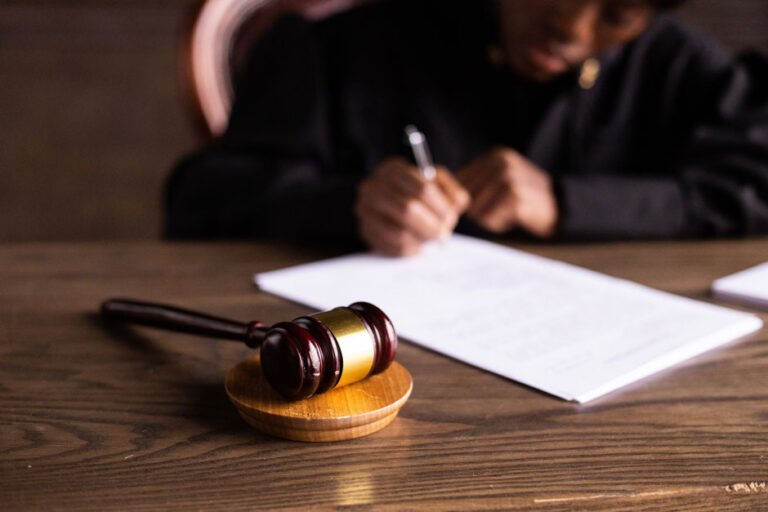Even the best case will suffer if the attorney tasked with presenting it in court is ill-prepared. The Canons of Law stipulate that attorneys must represent their client’s interests to the best of their ability. The preparation of the case before entering the courtroom is part of that representation and is, in fact, the most important step. The crucial part of the preparation is the evidence. The attorney must gather it, either analyze it or have it analyzed, categorize it, and arrange it in a logical order to be presented in court.
Types of Evidence
Not all evidence will be physical. Yes, some of it will need to be collected in a sterile manner and also be preserved through both a documented chain of custody and correct storing methods. But, some of it, such as witness statements or visual evidence like photos and videos specifically taken either by the attorney or other individuals germane to the investigation, is not. Physical evidence in a personal injury case could include items like broken pieces of a car, pieces of a ladder that allegedly failed within prescribed parameters, or blood used to identify victims and/or perpetrators.
Other than witness statements, examples of other kinds of evidence include photographs of skid marks in the case of a car accident, improperly cared-for sidewalks during the winter in a case of “slip on the ice and fall,” or even a bystander’s video of a dog attack that resulted in injuries from bites.
It is always better to have more evidence than you need rather than “the bare minimum.” That means that attorneys should collect, or have collected by someone else, everything that could be relevant to the case no matter how insignificant. As an example, let’s say that a defendant’s attorney in a personal injury lawsuit asserts that the plaintiff’s injury existed before an accident. The plaintiff’s attorney then presented a single page from the plaintiff’s medical file where the doctor in question notated, “Patient has no fractures.” If the file in question dates from before the verified date of the accident that allegedly caused the plaintiff’s injuries, which included various fractures, then that single sentence will likely be the most important evidence in the plaintiff’s case.
Doing the required due diligence before the beginning of a trial, the plaintiff’s attorney should also contact the doctor and obtain a sworn statement that the plaintiff had no healed fractures at the time of the examination and not just no current fractures that had not yet healed. In legal parlance, the attorney would be asking the doctor for evidence related to the causation of the plaintiff’s injury or injuries.
Presenting the Case
Navigating personal injury law effectively requires the skill and knowledge of a seasoned professional who understands how to appeal to both judge and jury. No attorney should rely on histrionics or “fire and brimstone” in the courtroom. Rather, deft and conscientious attorneys will tailor their presentations to the strengths of the members of the jury, or in the case of a bench trial, the judge. As a simplified example, a judge who is known to be a Luddite probably won’t react well to a presentation that relies on snazzy multimedia exhibits. A few photos would suffice in that case. Conversely, a jury made up of people from Generation Z might not be moved by a few photos and written explanations. It’s important to hire professionals like Brendan Flanagan as a personal injury attorney, as they can help you understand what to expect in the courtroom.
The Importance of Clarity
After deciding the basis for the presentation of the case, an attorney should be clear, concise, and declamatory while asking questions or presenting evidence. There’s also that adage, “Never ask a question to which you don’t already know the answer.” An attorney should strive never to be taken by surprise. It makes the attorney seem weak and not very well prepared. Part of presenting the case effectively is to make things as “drilled-down” and simple as possible so that neither jury nor judge has to guess and/or figure out the meaning of any evidence or other topic.
Conclusion
Whichever attorney you select to represent you in your personal injury case should, at the very least, follow these steps to achieve the best possible result in your case. It pays to ask questions about how the case will be prepared, and your attorney should welcome you being involved in your case and its preparation. Always be clear. Don’t be afraid to get second opinions on medical questions. Work with your attorney, not against you. Of course, there is never a guarantee of a beneficial outcome, but following these basic tips is always a good place to start when it comes to your personal injury case.


